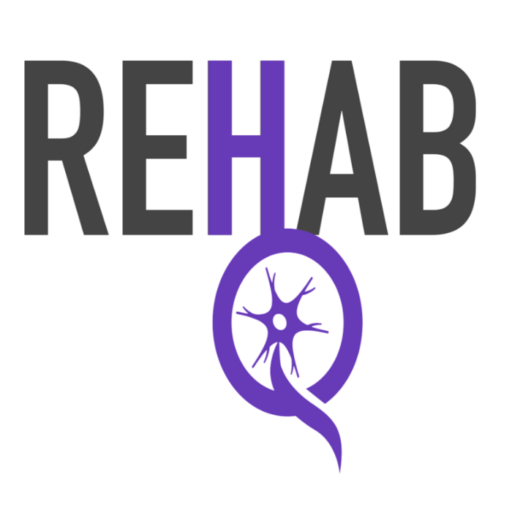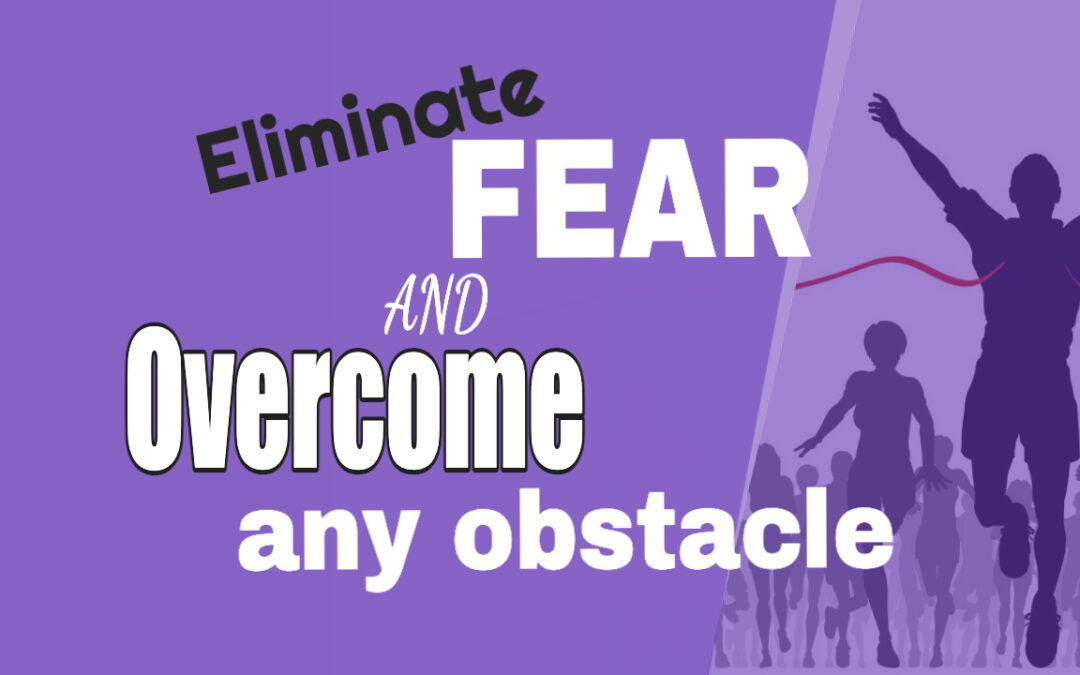
Fear can be a crazy thing. And in some cases can be the root cause of spasticity. Yup, negative emotions can actually make spasticity worse. And in this case, I am going to lump situational fear and anxiety together. What I mean is that maybe you are walking really good and then all of a sudden your body freezes. In some cases this might be what I call situational fear and/or anxiety. Fear causes our flight or fight response to kick into high gear. Knowing that spasticity is OVERACTIVE muscle contractions, this flight or fight response is no bueno. Increased heart rate, increased blood pressure……..increased (overactive/spastic) muscle activity.
However, fear and of itself is not a bad thing. It is the brains warning signal that something might be potentially dangerous. It is what we do with that emotion and the physiologic response to that emotion. When fear is left to persist, at some point it becomes more harmful than helpful. But never fear (pun intended 🙃), you CAN get control of your fear and reduce the chances of freezing and/or stiffening up the next time you face a new experience.
Tips to STOP fear in the moment
Step 1:
Stop. Yes, physically stop moving. In most cases, when someone becomes anxious they will speed up. This is most likely due to the fight or flight response. Fear and anxiety “rev” up the system. Before ya now it, you are walking at the speed of light. Ugh. No bueno. So yes, step one when ya feel the engines revving up, is to stop.
Step 2:
Breath. Yes, breathing is the best way to slow the engine down. In this manner, you will better be able to assess the situation (that is making you anxious) and formulate a plan. This alone, will calm your system down. Sometimes are mind can get ahead of our body. Hence leading to fear of the unknown. So, step two is to stop.
Step 3:
Assess the situation for safety. Now we get into the meat and potatoes of how you are going to tackle this new obstacle in your environment. Step one in this stage of the game is to make sure what you are actually about to do is safe. Remember, fear in and of itself is a good thing. It is meant to keep us safe. So use it.
Step 4:
Once you know it is safe, break the activity down into small doable steps. If it is stairs, just focus on the first step. Once you get up that step, you can focus on the next and so on. Remember, part of fear is memory of past experiences. If you continue to move fast and rush through things without a thoughtfull plan, most likely all your memories are of “how scary” this activity is. Break it down and celebrate your accomplishment at each part of the skills. When you go to it again, in most cases you will have less fear.
In this video, I do a deep dive on this topic with more tips:

